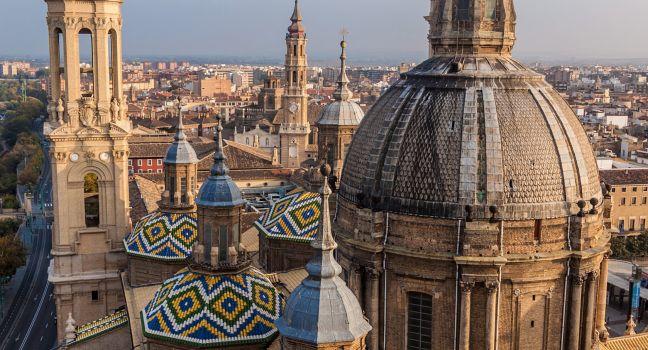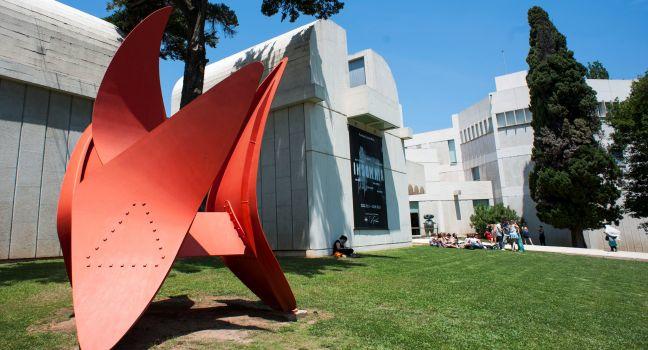Catedral de Santa María
Dating to the 14th century, this once-crumbling cathedral has been undergoing renovations for more than two decades—but it's open to visitors, which is its unique selling point. Guided tours begin in the bowels of the building, where the transition from Romanesque to Gothic styles is evident in the square pillars topped with cylindrical ones. The tour culminates in a visit to the bell tower followed by a hyperrealistic light show that gives visitors a sense of the cathedral's formerly colorful painted exterior through the ages. A prominent and active supporter of the project is British novelist Ken Follett, whose novel World Without End is about the construction of the cathedral. The renovation is slated to be completed once and for all within the next three years. Call ahead to book an English-language group tour, or use the free audio guide on the standard tours, which depart every 30 minutes or so.





